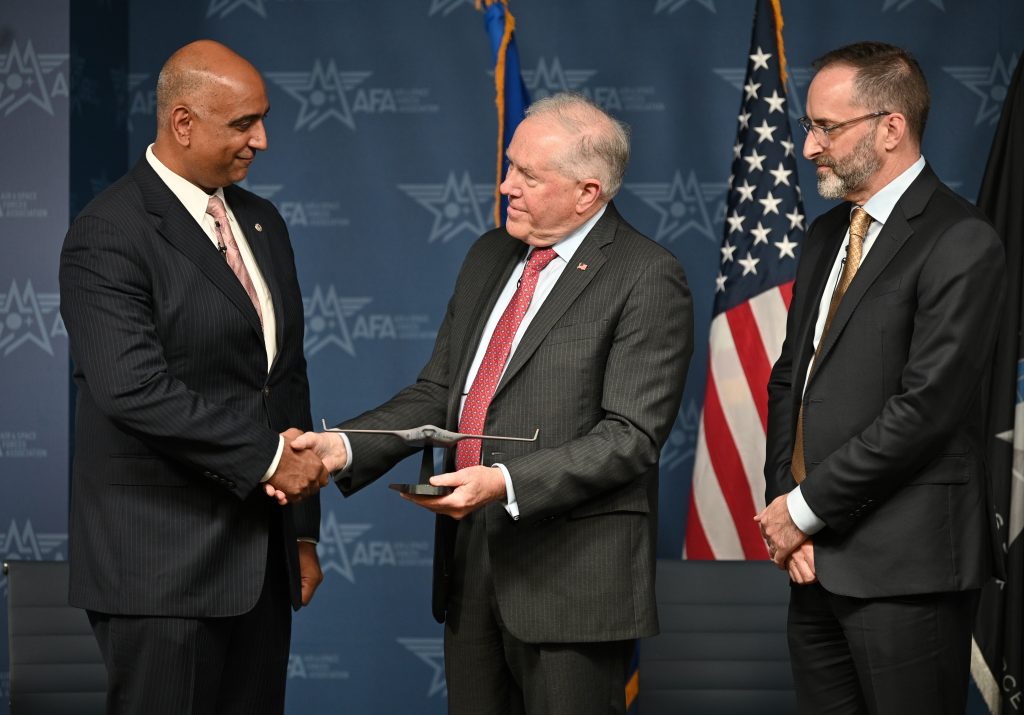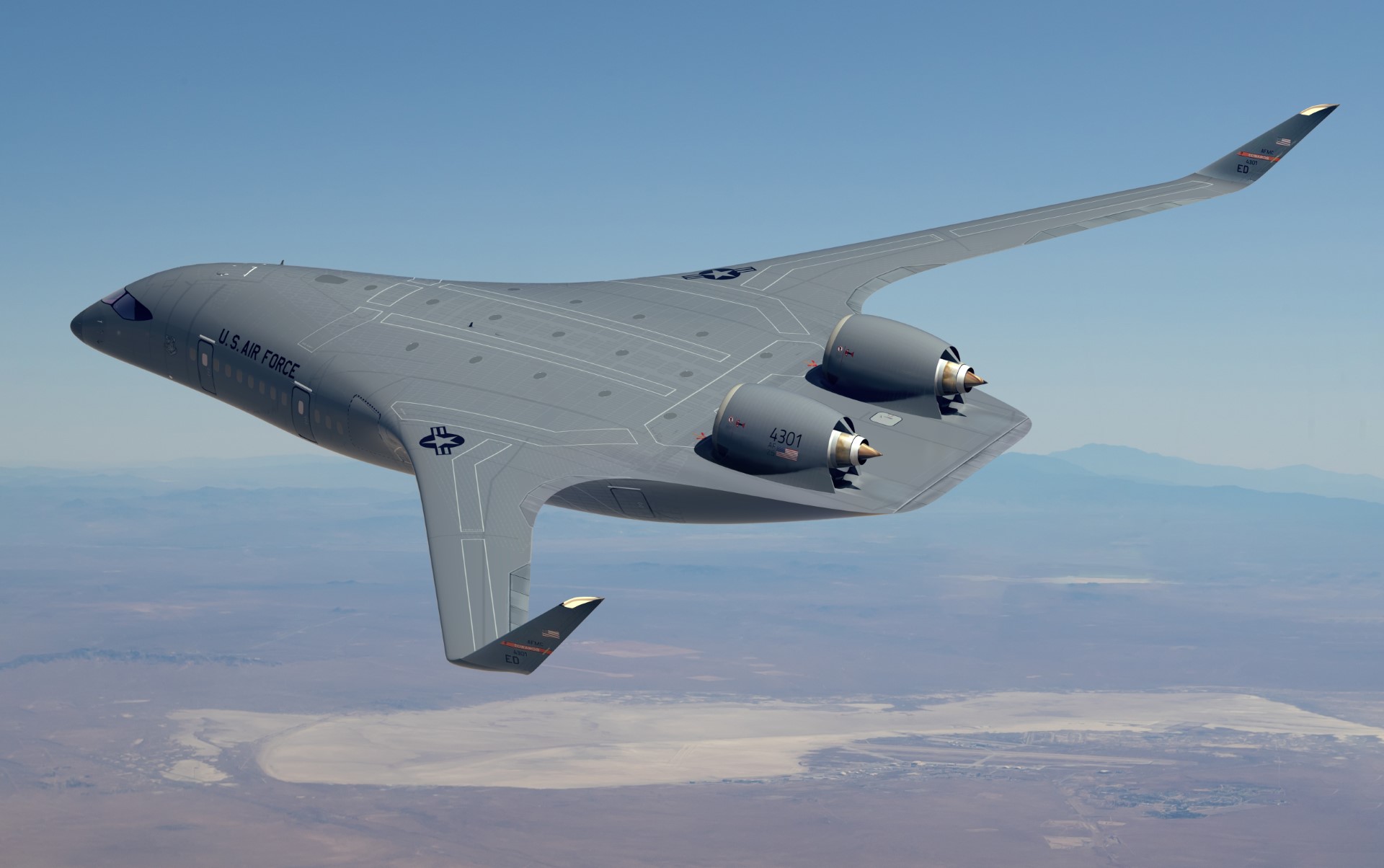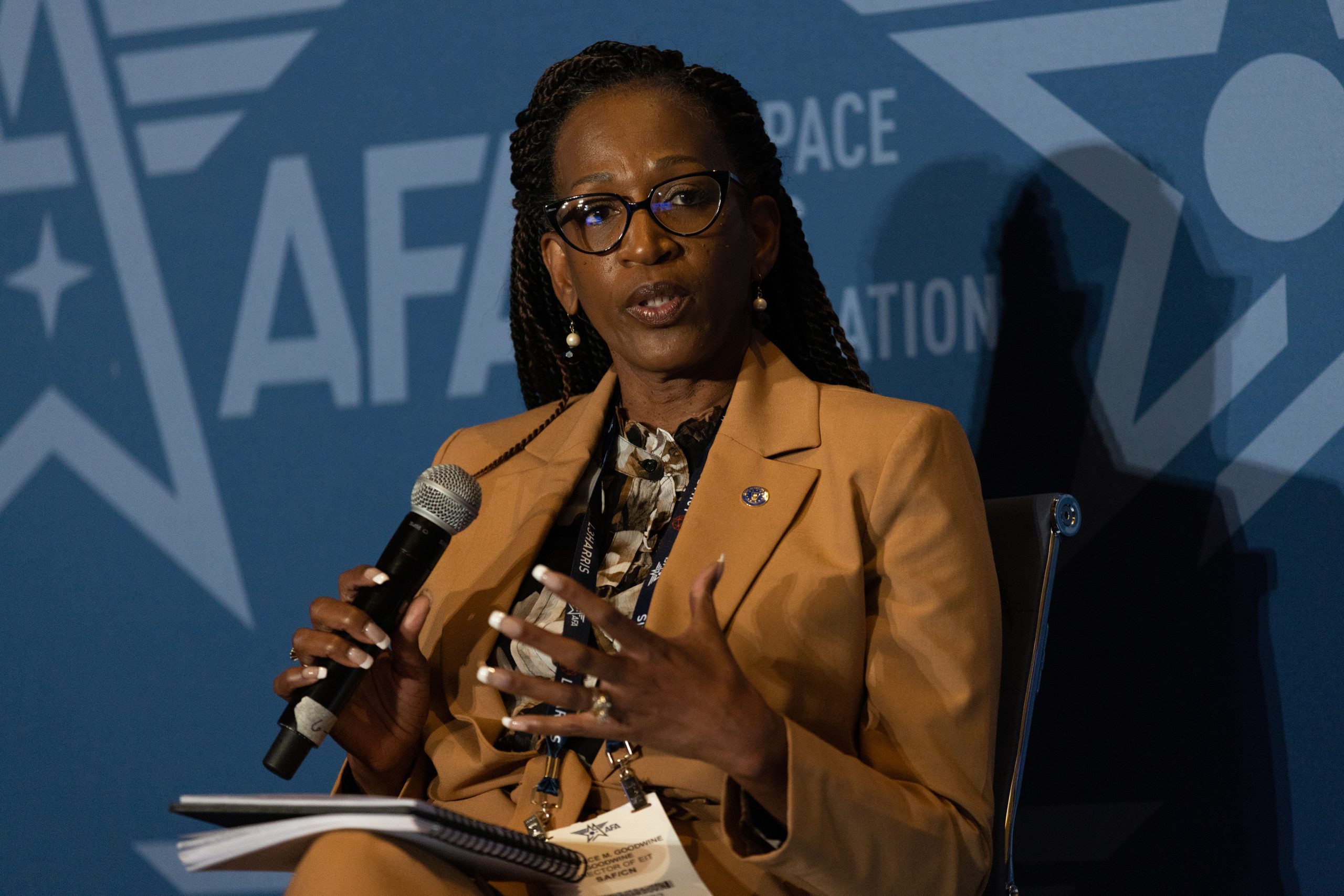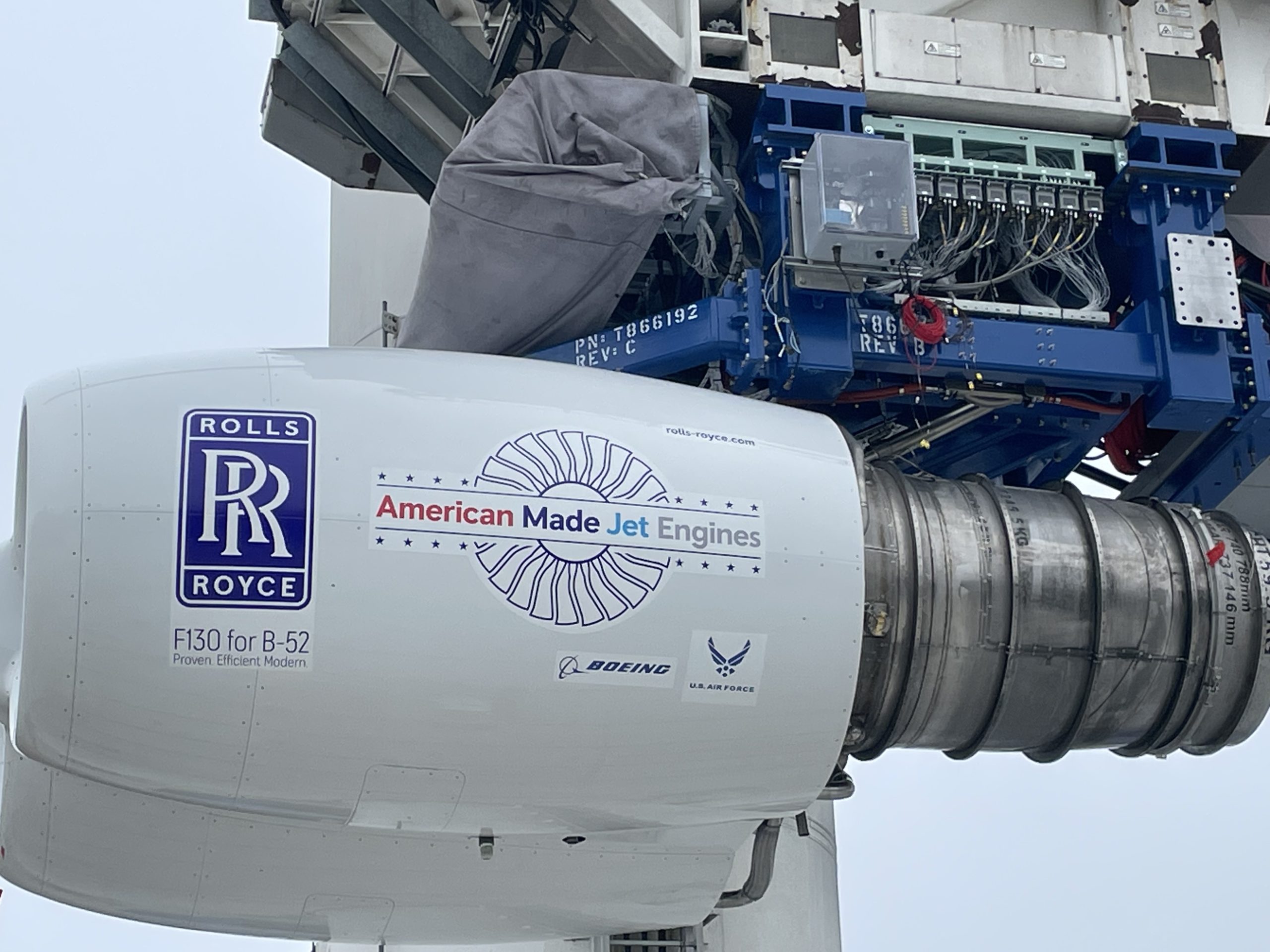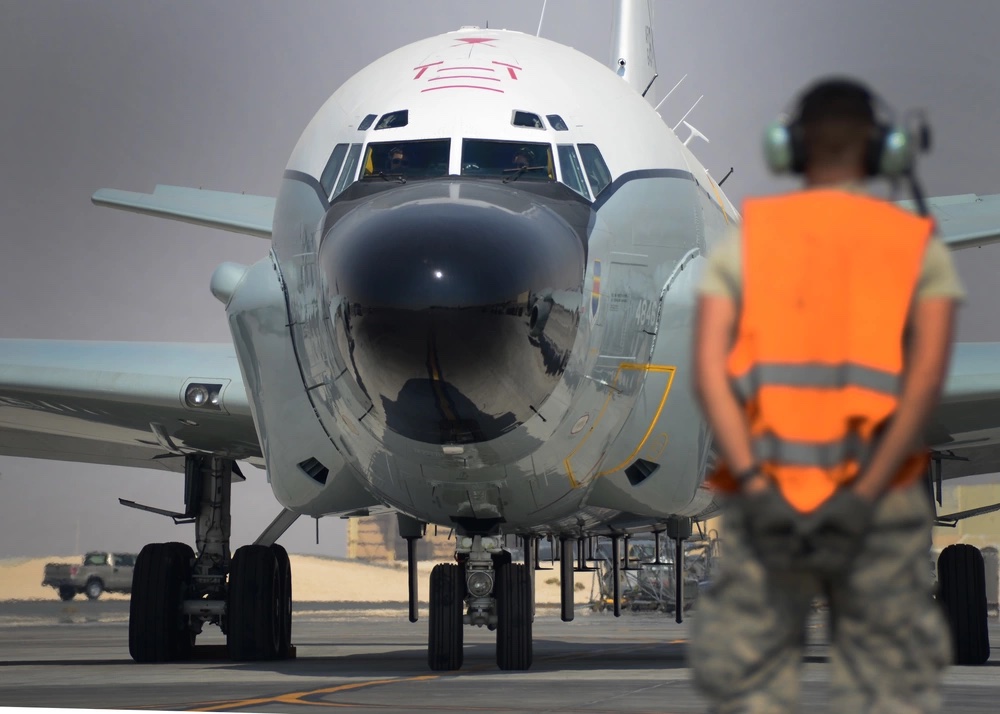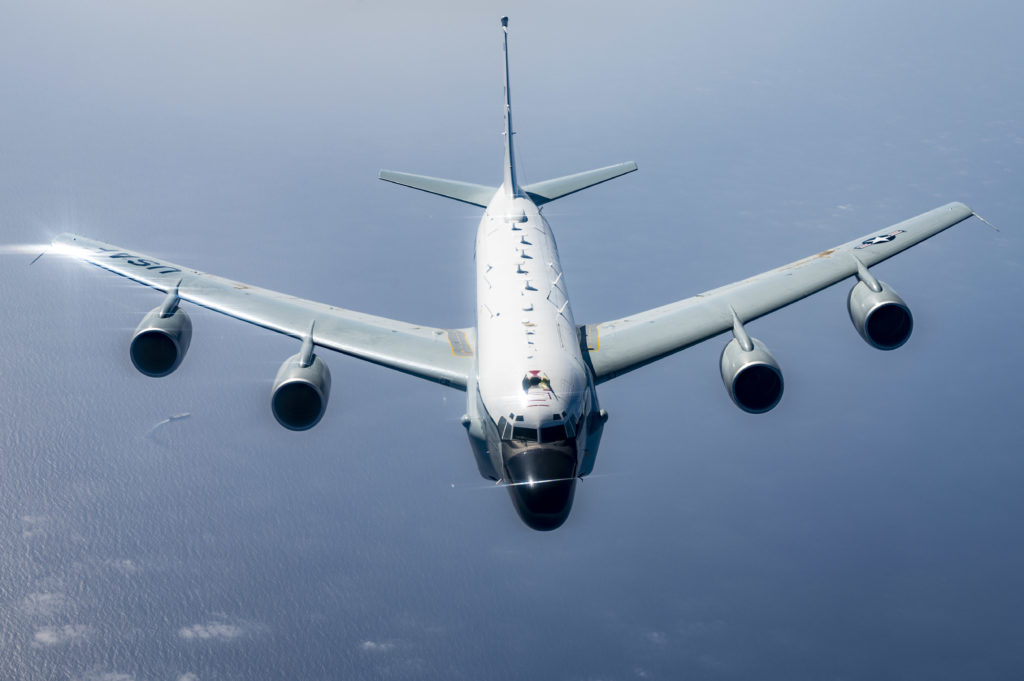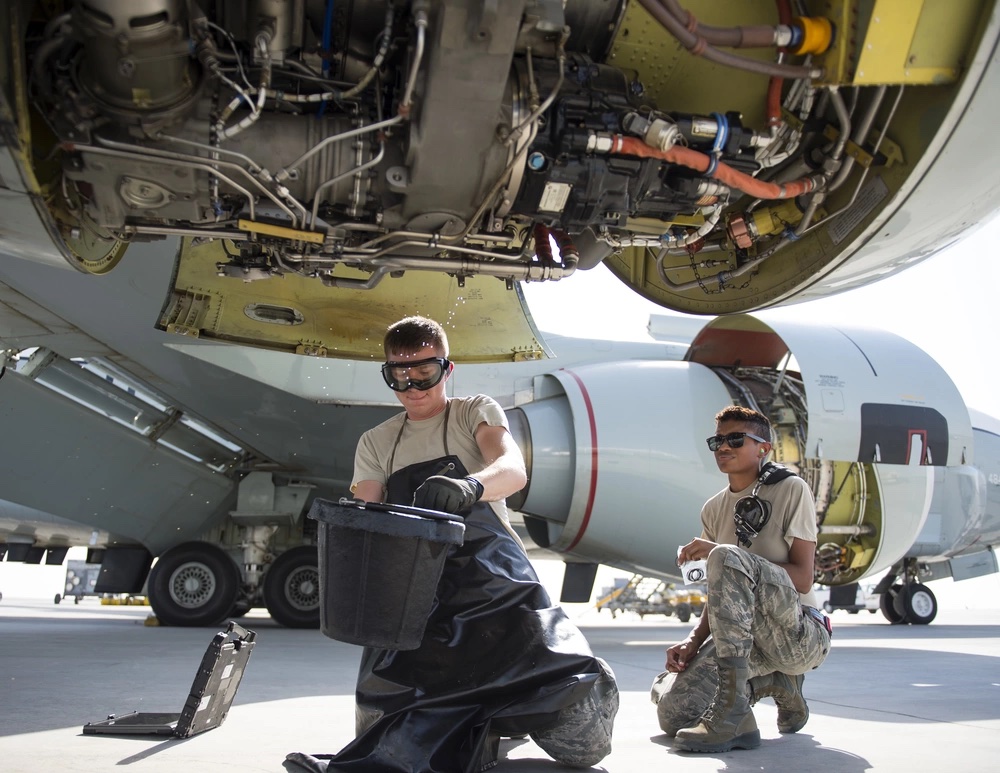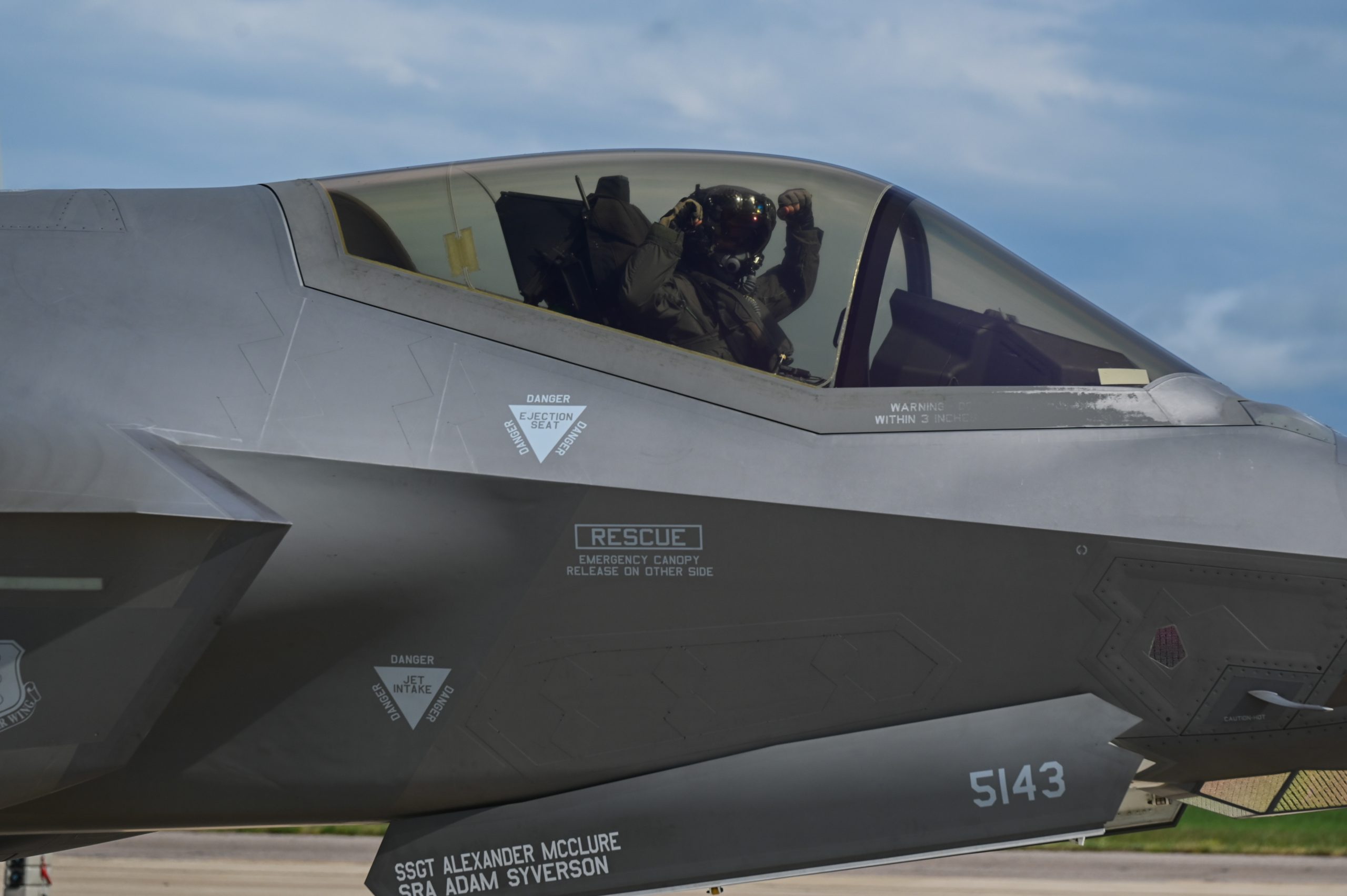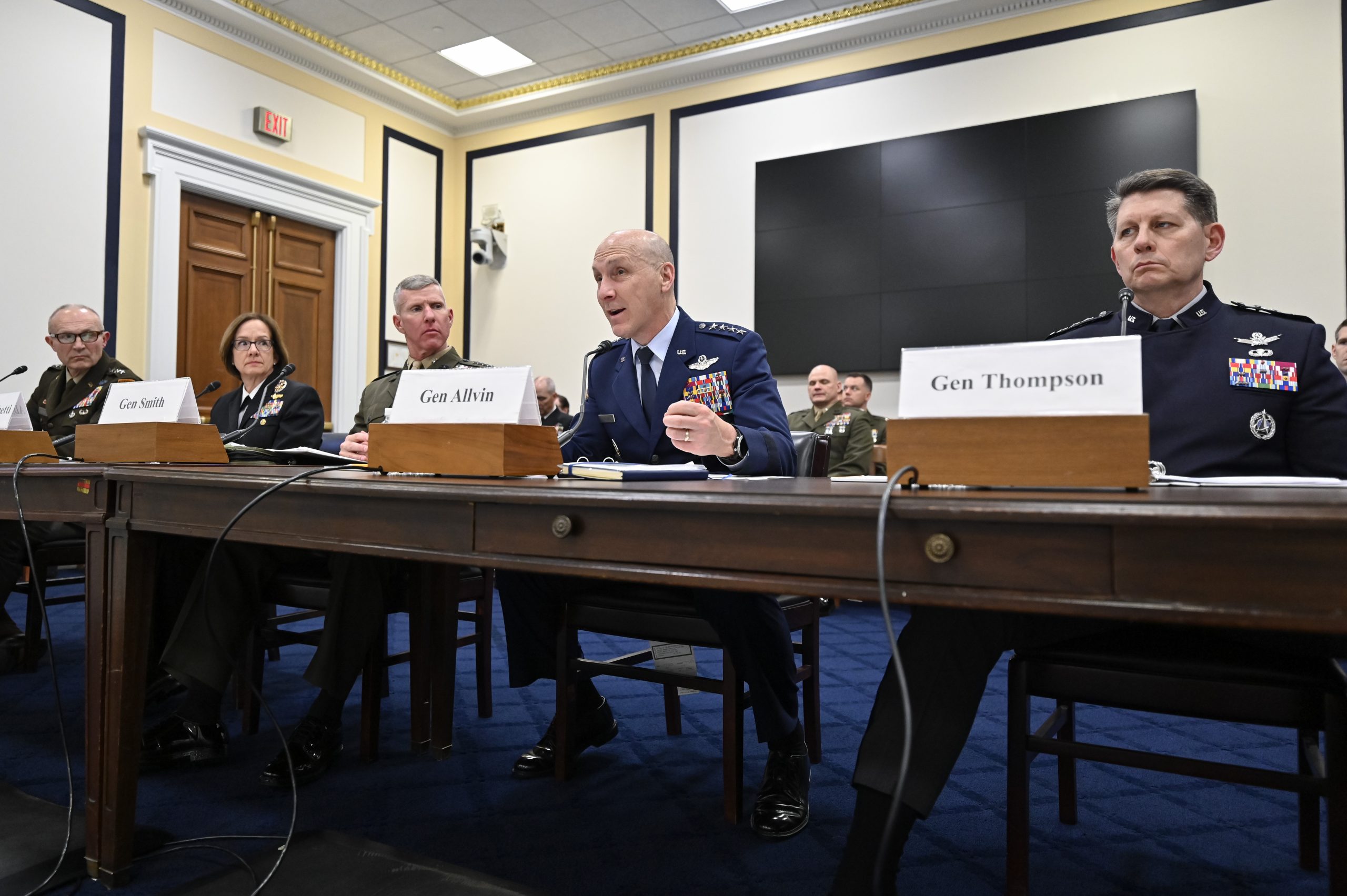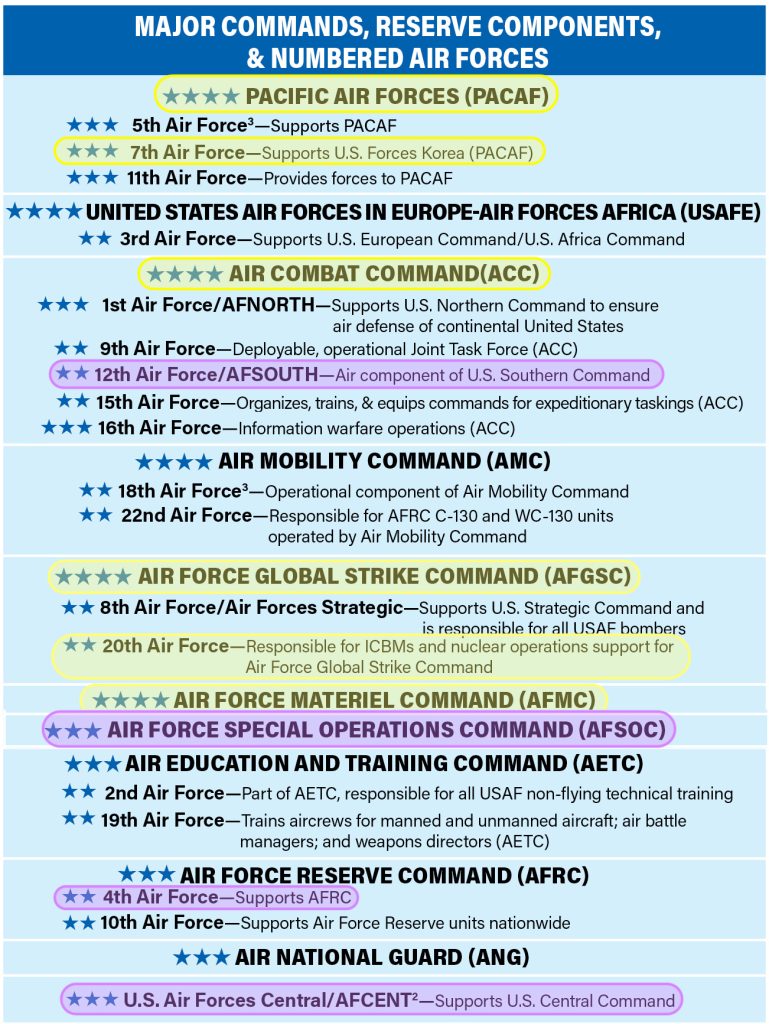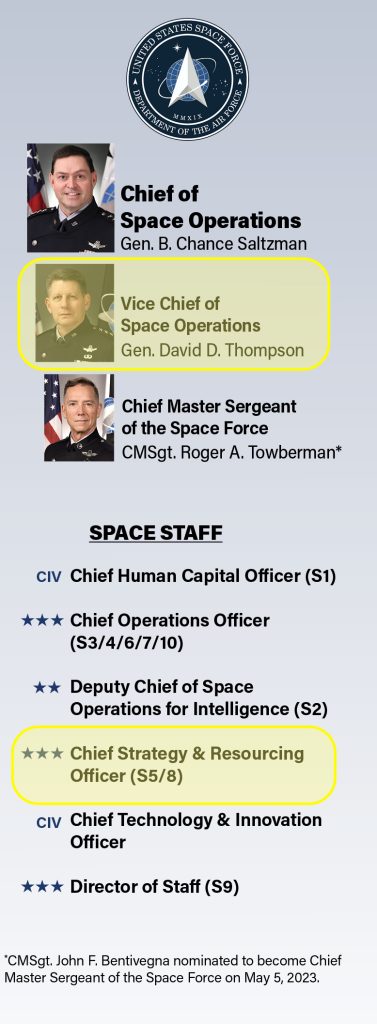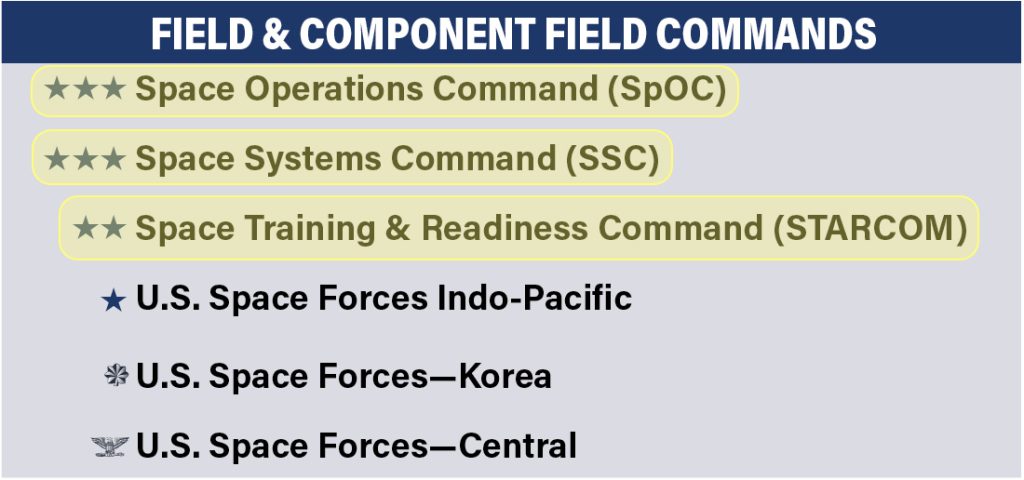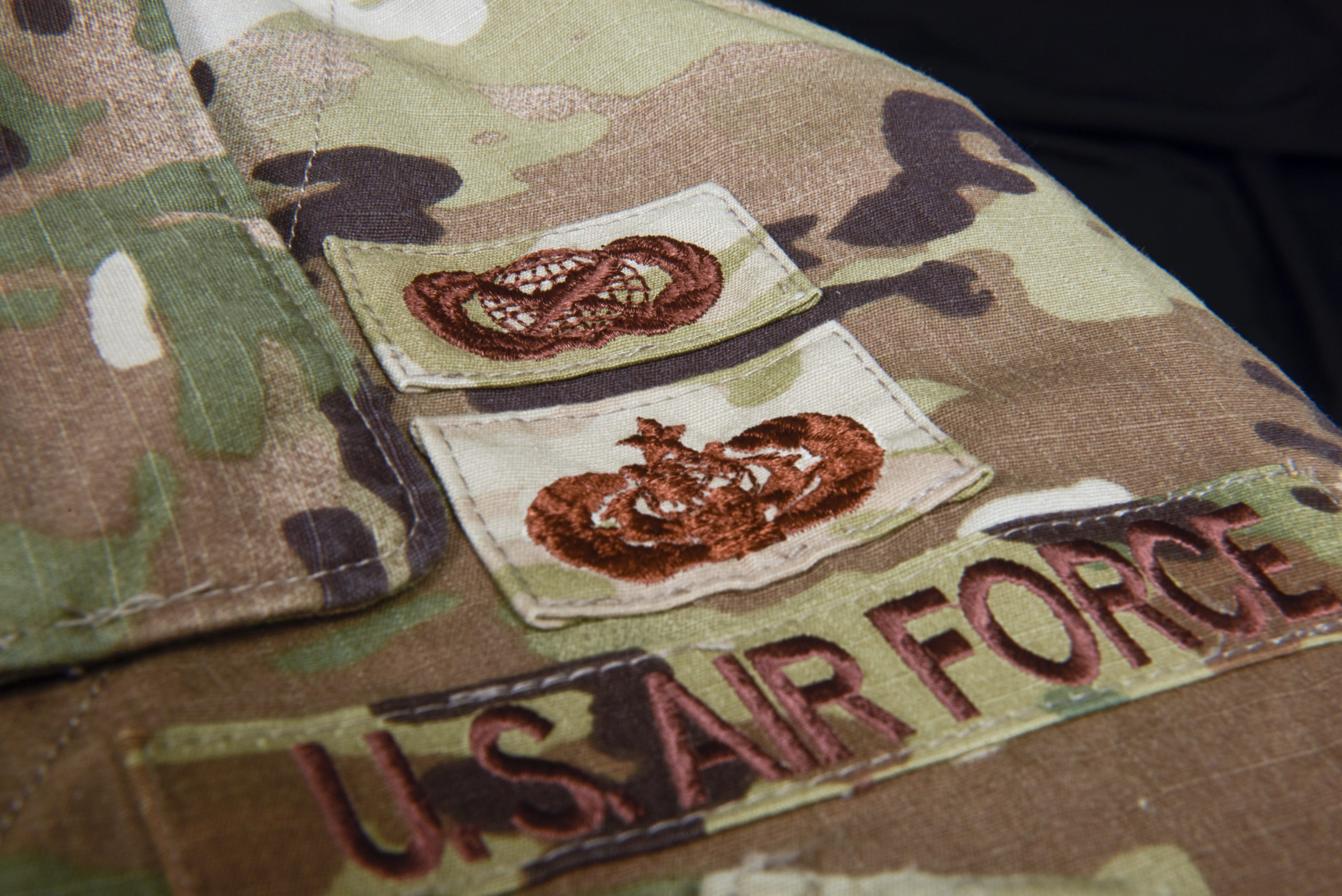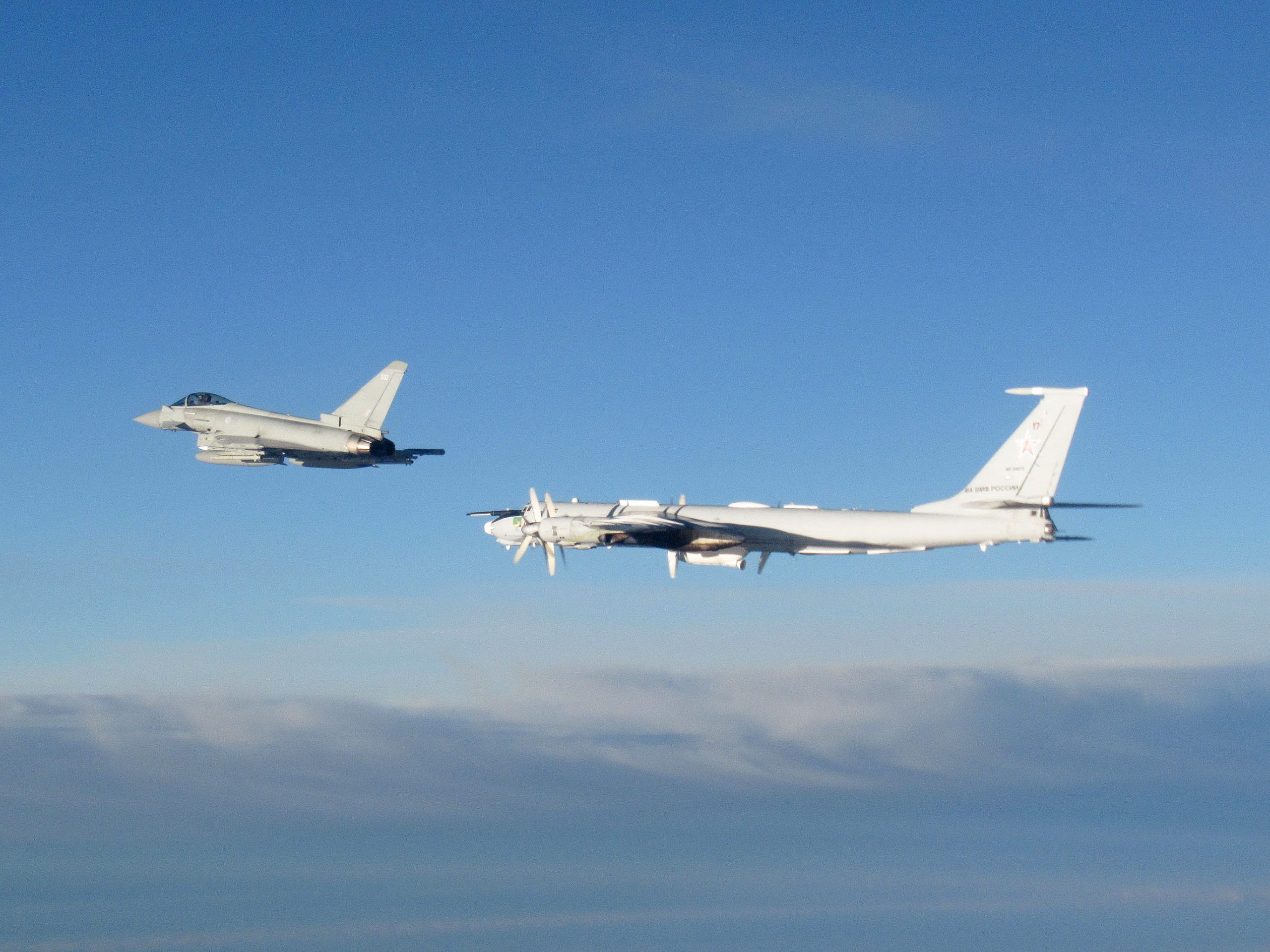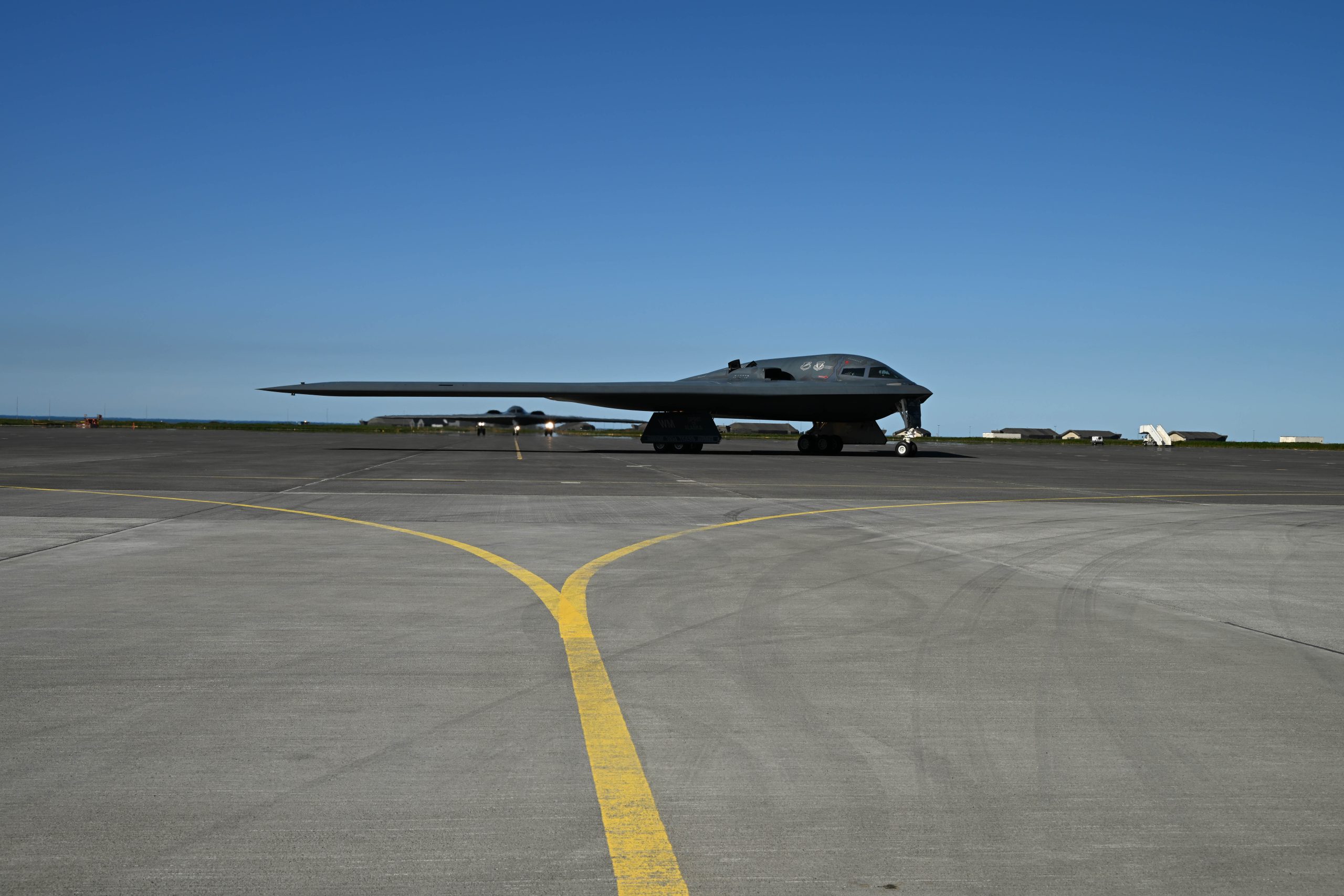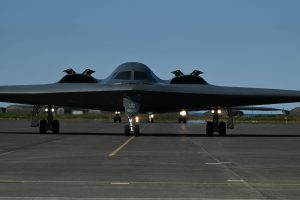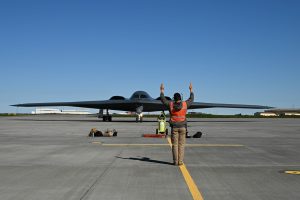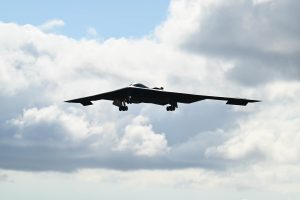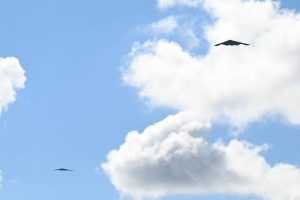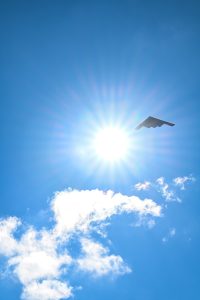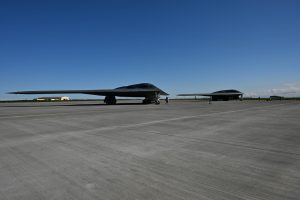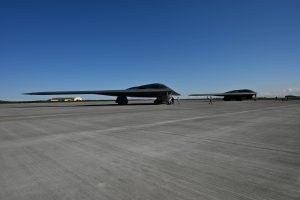The Air Force has picked aerospace startup JetZero to build a prototype Blended-Wing Body (BWB) aircraft for testing and demonstrating new technologies, the service announced Aug. 16. The aircraft is to be assembled by 2026 and flight testing will begin in 2027.
“This is a prototype/demonstration project,” Air Force Secretary Frank Kendall said at an event announcing the decision hosted by the Air & Space Forces Association. “It is intended to accelerate the next generation of the large aircraft the Air Force needs in the future. … There’s a real potential in this technology to help increase fuel efficiency significantly. That’s going to lead to improvements in not just the efficiency and capability of our force, but also in our impact on the climate.”
The Air Force is the largest consumer of fossil fuels in the Department of Defense, which is itself the largest consumer in the federal government.
Though not specifically aimed at the service’s Next Generation Air-refueling System (NGAS) effort, the BWB prototype will likely have relevant lessons and use for that program. Specifically, it will play a role in shaping Air Mobility Command’s upcoming Analysis of Alternatives (AOA) for the future tanker program, said Maj. Gen. Albert G. Miller, AMC’s director of strategy, plans, requirements, and programs.
The program is also aimed at bolstering the defense industrial base and “maintaining our edge over China. And there is a lot of commercial interest in this technology,” Kendall said.
Ravi I. Chaudhary, assistant secretary of the Air Force for energy, installations, and the environment—and under whose office the BWB aircraft will be managed—said it offers promise for the Air Force’s Agile Combat Employment model, with high potential for extending range in the Indo-Pacific theater, an ability to operate off short airfields, and a high payload relative to fuel consumed.
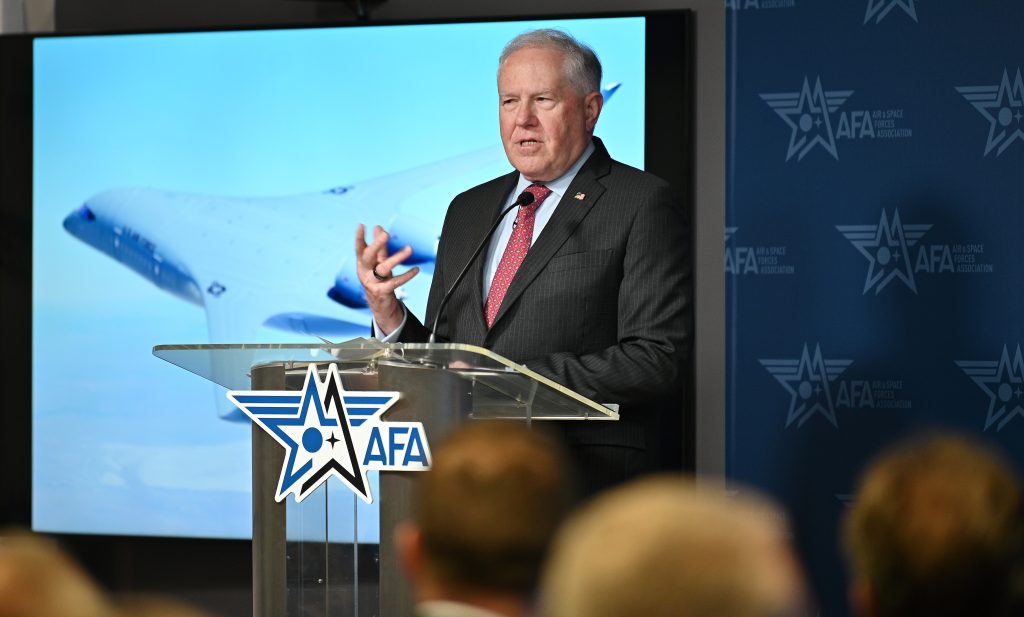
Chaudhary told Air & Space Forces Magazine a goal of the program is to achieve 30 percent fuel savings over a comparably-sized tube-and-wing transport, although JetZero’s website suggests the improvement will be as high as 50 percent.
Officials didn’t specify a designation for the aircraft; Chaudhary speculated it will be something like “XBW-1,” but it will not be a traditional “X-plane,” even though NASA is a principal government partner on the program.
Northrop Grumman is one of Jet Zero’s corporate partners on the project, and the aircraft will be fabricated by Northrop’s subsidiary, Scaled Composites, at its Mojave, Calif., facilities.
JetZero co-founder Tom O’Leary said in an interview that the funding for the project amounts to $40 million from the Air Force in fiscal 2024, and that private investors are putting up a matching mount. That will hold through the next five fiscal years, during which the Air Force plans to put up $230 million in funding. O’Leary would not disclose how much private investment is going into the jet in total, but said there has been strong interest from airlines.
In an artist’s concept and desk model shown at the announcement, the prototype aircraft was shown wearing Air Mobility Command markings. Flight testing planned so far will follow traditional lines, exploring the aircraft’s envelope and characteristics like flutter, and follow-on testing may include some operational-like experiments, Miller said. However, the aircraft will not have a rear-opening cargo door, and in fact, no “apertures” for cargo loading are so far included in the design, O’Leary said.
The two engines, which will be mounted on the top rear of the fuselage, will be Geared Turbo Fans (GTF) built by Pratt & Whitney, but O’Leary declined to specify which variant has been selected.
The Pentagon’s Defense Innovation Unit put out a solicitation to industry for the BWB aircraft in July 2022, and the Air Force provided more details in its Climate Action Plan in October. The Air Force Operational Energy Office is taking the lead on the project because of its potential to drastically reduce fuel consumption and carbon emissions.
“The effort aims to mature BWB technology and demonstrate its capabilities, giving the Department and commercial industry more options for future air platforms,” the Air Force said in a press release.
The aircraft’s “increased efficiency will enable extended range, more loiter time, and increased payload delivery efficiencies; capabilities that are vital to mitigating logistics risks,” the Air Force said.
The BWB concept is not new—the Air Force has experimented with large-scale flying wing aircraft since the Northrop YB-35 in 1946, and Boeing and NASA conducted a demonstration program as recently as 2007-2013 with the subscale X-48 demonstrator. The B-2 Spirit and B-21 Raider bombers are also examples of flying wings.
Asked why it has taken so long for the BWB to be taken seriously by the Air Force and become a prototype program, O’Leary said it was “the cost of fuel,” which has given the program “a sense of urgency,” as well as the effects of global warming, which “can no longer be ignored,” he said.
The BWB is also maturing now because of “more recent technology advancements in structural design, materials technology, manufacturing, and other areas have made large-scale production achievable,” the Air Force said in a press release.
Specifically, the BWB concept is applicable to aircraft types—theater lift and air refueling—that collectively account for 60 percent of the Air Force’s annual fuel consumption, the service said. JetZero unveiled its concept for a BWB tanker, dubbed Z-5, this spring and claims that its design has the potential to reduce fuel burn by 50 percent over conventional aircraft. The company also said it will compete for NGAS.
“Today’s announcement marks another game-changing milestone for the Air Force in our efforts to maintain the advantage of airpower effectiveness against any future competitors,” said Chaudhary.
The technology is expected to have significant application to commercial industry as well, potentially offering benefits to passenger and air freight companies by increasing interior space while decreasing fuel costs.
O’Leary said a commercial variant will “almost certainly” have folding wings, the better to operate from modern airports, but the prototype is not required to have them.
The top-mounted engines are expected to both reduce obstacles around the aircraft at ground level and deflect noise up and away from it, allowing a potential commercial variant to operate on routes now closed to airliners because of noise. That effect will also have the effect of reducing the aircraft’s detectability in a military setting, Chaudhary said.
As for whether the BWB will be stealthy, Chaudhary demurred, saying “we’ll see.” Observability will be among the characteristics measured in test.
The BWB project will be a collaboration of the Department of the Air Force, NASA, the Defense Innovation Unit, and the Pentagon’s Office of Strategic Capital.
